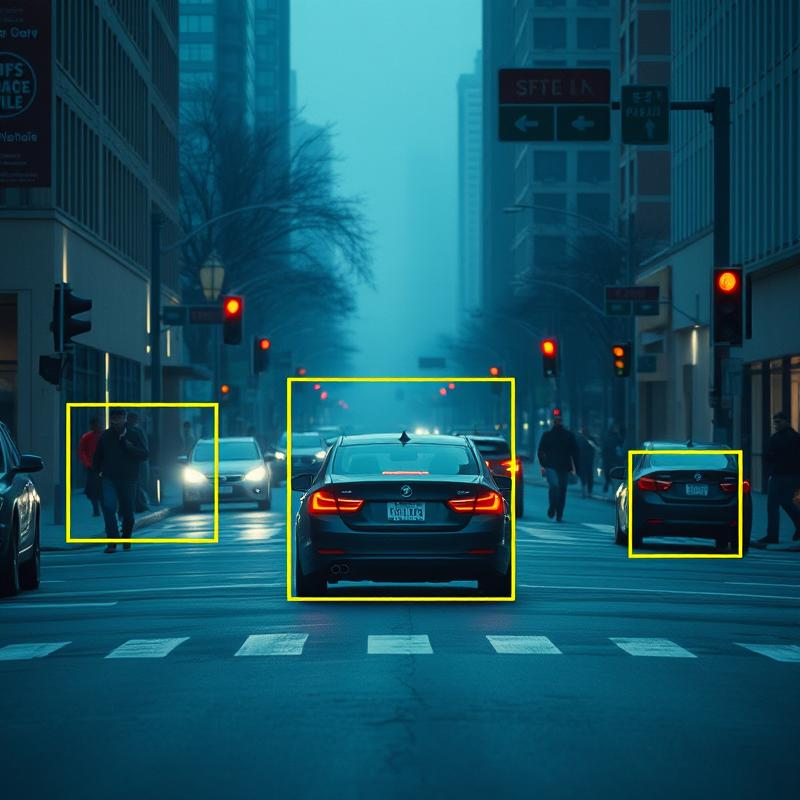Definition and Importance:
Data annotation in automotive refers to the process of tagging and labeling data collected by vehicles, such as images, videos, and sensor data. This labeled data is then used to train machine learning algorithms for various applications, including autonomous vehicles, driver assistance systems, and quality control. Accurate data annotation is crucial for the success of these systems, as it enables them to understand and interpret real-world scenarios.
Types of Data Annotation:
Several types of data annotation are used in the automotive industry, each serving a specific purpose:
- Bounding Boxes: Enclosing objects within rectangular boxes to identify objects like vehicles, pedestrians, and traffic signs.
- Lane Marking: Labeling lane markings on roads to train systems for lane keeping and departure warnings.
- Semantic Segmentation: Classifying each pixel in an image to distinguish between different road users, objects, and surfaces.
Role in Autonomous Vehicles:
Data annotation plays a pivotal role in the development of autonomous vehicles. By training on vast datasets of annotated data, self-driving cars can learn to:
- Perceive their surroundings: Identifying obstacles, pedestrians, other vehicles, and traffic signals.
- Make informed decisions: Navigating roads, obeying traffic rules, and responding to unexpected situations.
- Improve safety: Reducing accidents caused by human error.
For a deeper understanding of data annotation, you can explore this comprehensive data annotation guide.
Intrigued by the impact of data annotation? Let’s shift gears and explore its real-world applications in the automotive industry.

